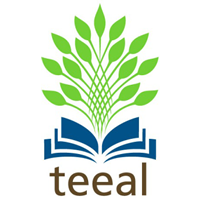
Home >>
ABSTRACT
Tiger nut as a plant is an underutilized crop of the family Cyperaceac, which produces Rhizomes from the base and tubers that are somewhat spherical. Its derivatives/uses and health benefits are potentially useful to human and animals as food to meet the needs of the teaming population and agricultural productivity. Young tubers are white, while matured ones are covered with light brown or yellowish covering; found within about 6 “below the ground surface. They are usually preserved by sun drying for up to three months before storage. It can be consumed raw, dried, crushed, roasted and even further subjected to processing into oil, milk. It can be used in cooking as fuel, baking flour, fish baits. In terms of the nutritive value, the plant has high percentage of carbohydrate (mono and di) fibres, oil (oleic acid) and its moderate level of protein, mineral elements like calcium, magnesium, iron and phosphorus. Vitamin C and E makes it an ideal meal for humans and animals. A relatively affordable food commodity for the rich and the poor. Looking at the abundance of nutrients embedded in the nut makes it an excellent food source that helps in the reduction of low density lipoprotein-cholesterol which is excellent for sporting men and women and for persons that are obese (over weight) that want to shead some weights it is said to cure flatulence and diarrhea and help in controlling heart attack. The tiger nut though underutilized is still very popular snack for all. There is need for more awareness on its varying benefits to man economically and as food for man and animal as well as a source of employment thereby increasing wealth. 







